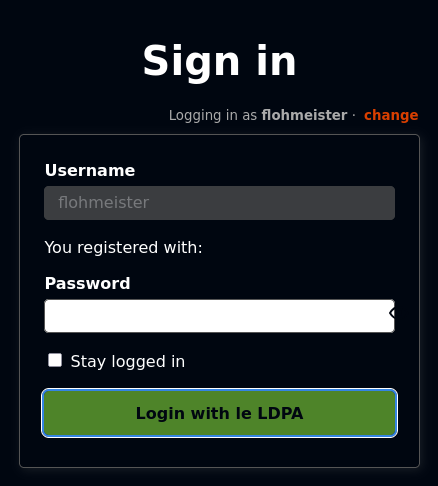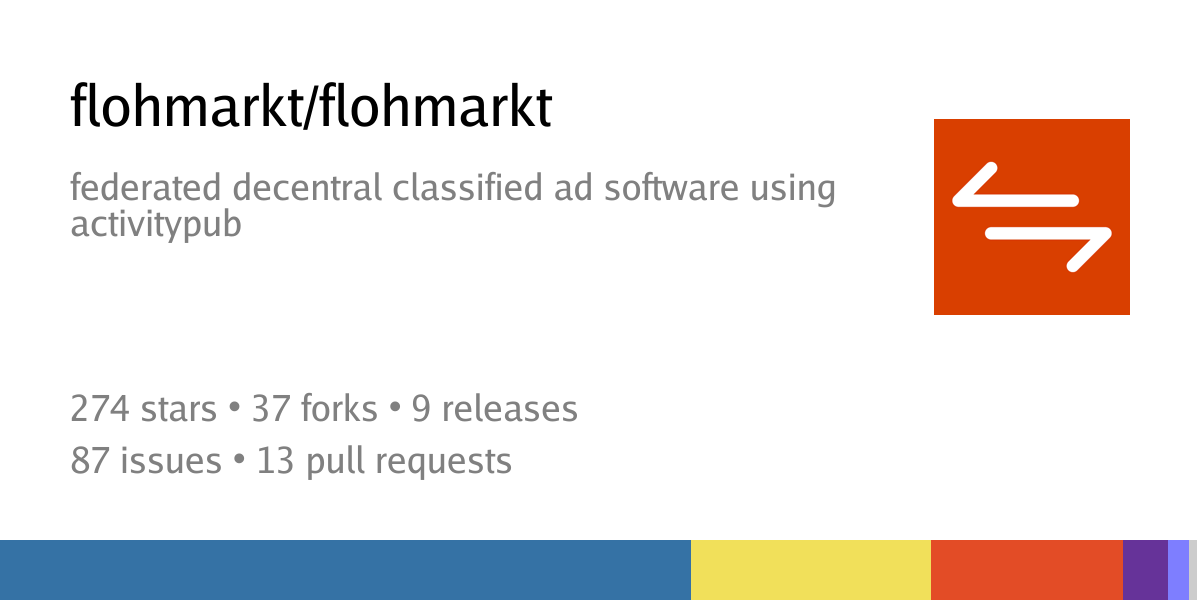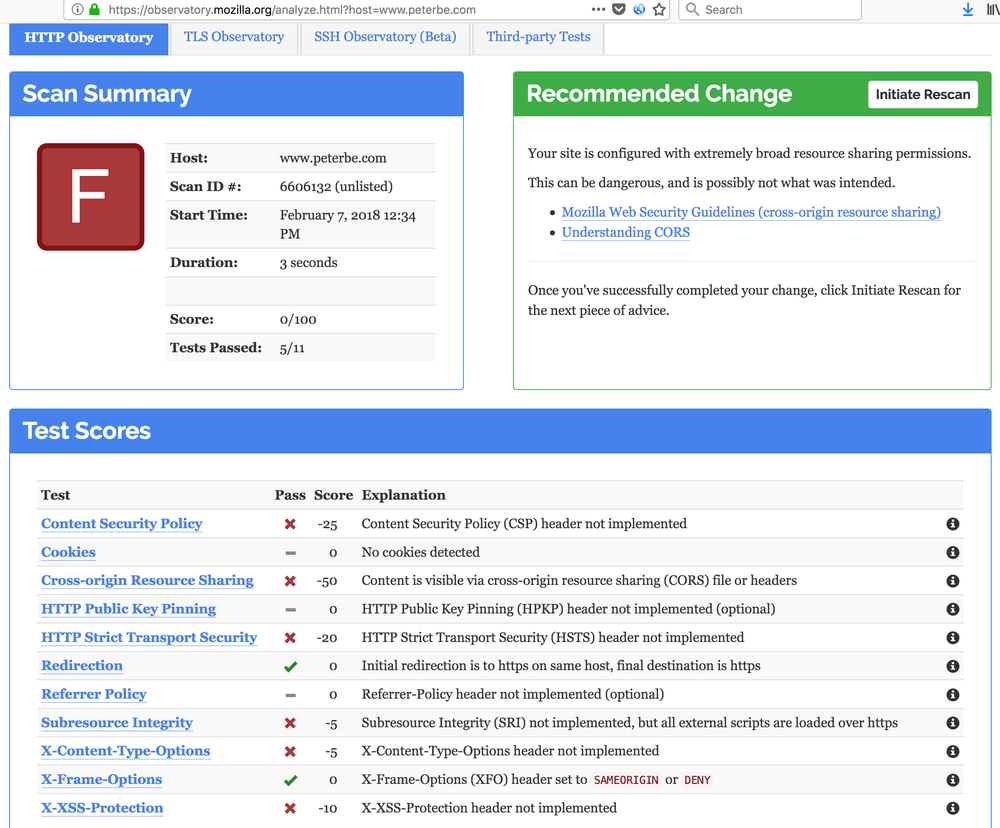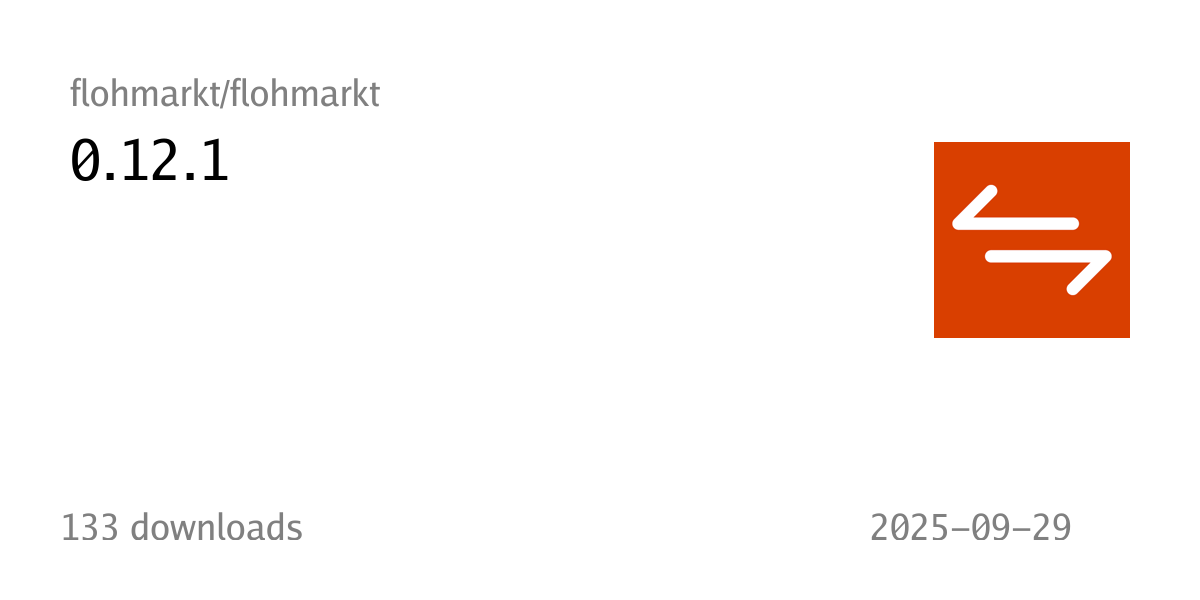My friend seems genuinely baffled that I am an AI researcher who refuses to use AI! Not only that, but I argue against it from theory, not experience. Why don't I just give it a try for a while, and see what it's really about before I judge it?
I guess I see where he's coming from. Part of the problem is the word "AI." LLMs are not my research focus, so it's less of a contradiction than it sounds. But I admit, being a non-user makes my arguments against LLMs less credible.
I just don't understand why I owe it to anybody to give AI a shot. I know how LLMs work in gory detail, and I don't trust them. I've seen the mediocre work they produce. I've read studies about the seductive illusion of competence and caring they create, and how people fall for that. I know it's all built on an incredibly exploitative business model.
I feel entirely justified in not giving them a chance. I guess I'm just as baffled by how badly he wants me to try it, and how sure he seems to be that it would change my mind.
Wow, #phosh got a mention from #ACLU . Thanks @nikodunk for letting us know: https://www.aclu.org/news/free-speech/app-store-oligopoly
#ldap integration in #flohmarkt is coming along great! We now have a full user lifecycle support implemented :)
We've released a new version of mobile-broadband-provider info. Besides updated provider info and more #cellbroadcast channel information we also added emergency number information:
https://gitlab.gnome.org/GNOME/mobile-broadband-provider-info/-/releases/20251101
Hey @ruud@mastodon.world - welcome amongst the #flohmarkts of the world!
Thanks for your ping about the installation in Netherlands.
I added you to the list of known instances on the wiki and sent you a federation request.
addressing a passerby: Uh, hey, nice to meet you! You're running a flohmarkt as well? You'd like to have some more visibility and reach? Come on - let's federate!
@me I created a new #flohmarkt instance: https://flomarkt.nl
I need to finish some configuration and then I'll open registrations. You can add it to the wiki.
#flohmarkt geographic sorting and search is nearing completion and will be available in the next release :)
Hey #flohmis! I just installed the new #yunohost package #flohmarkt 0.12.1~ynh3.
The flohmarkt code stays the same. @grindhold@23.social researched the issue that after upgrades to flohmarkt the clients needed to force reload the frontend.
To circumvent the problem nginx now adds a header to control caching. **Thanks for the PR to the yunohost integration repo by @grindhold@23.social!
The testing environment of #yunhost found an issue with using add_header in nested nginx-configurations and delivered a reference: https://www.peterbe.com/plog/be-very-careful-with-your-add_header-in-nginx
Thanks to the great work of all the yunohost contributers for that great testing environment!
The newer package can be updated or installed from the yunohost app store.
Save the dates: We're having an online community get together at 2025-11-18 and an offline one at @datenburg at 2025-12-04 . Everyone interested in #Phosh and the @ev is invited to drop by and chat. Hope to see you there.
one of the most comprehensive explanations of SGX I have read cam be found here: https://eprint.iacr.org/2016/086.pdf
From the download counter on the release page at codeberg I estimated that there are between 30 and 40 #flohmarkt instances out there running on #yunohost.
(Who uses ZIP ? Well, the yunohost integration does and the counter went up by the numbers shortly after publishing the latest update to the yunohost app integration.)
On the wiki we have a list of ~20 flohmarkts. The list is meant for users to choose an instance and for admins to look for other flohmarkts to federate with.
I'd like to invite everybody to drop us a line to add your flohmarkt to the wiki: either as a codeberg issue or as a fedimessage or fedipost or on #flohmarkt IRC.
And even if you'd not like to be on the wiki page: federate with others to make your small ads more visible.
#Federation enables that #SmallAds show up on the other instances an instance is federated with directly. This gives every small ad some more reach.
My impression is that federation is extremly important to make the flohmarkts more successful as an alternative to the well know centralized services.
I opened an issue to discuss how to make federating easier without forcing anyone to share more data with the world than they do with the actual version of flohmarkt.
After an outage of #Signal (caused by a problem at #AWS) @Mer__edith@mastodon.world argued that a cloud provider is needed to run a service like Signal.
I answered that a cloud provider is needed, because Signal doesn't federate (and thereby build its own so called 'cloud').
I added that I doubt that by using a cloud provider Signal doesn't leak the social graph of their accounts.
I got referred to the #PrivateContactDiscovery by @newhinton@troet.cafe designed to protect the social graph which I simplified to hashing leaving out the use of #sgx part in my post.
I stated that I wouldn't understand how one could be sure that all which is guaranteed by using SGX really is like it is promised.
The only answer by @moehrenfeld@social.karotte.org is that I indeed didn't understand "Private Contact Discovery" completely.
It's frustrating to doubt and being left in the dark about the facts.
Today I learned something new: SGX is not meant to be save against physical attacks - or to phrase it different: SGX is meant to protect data if the OS is completely compromised, but the server is under physical safety and control:
…All three chipmakers exclude physical attacks from threat models for their TEEs, also known as secure enclaves.… (Nvidia, AMD, Intel)
…“These features keep getting broken, but that doesn’t stop vendors from selling them for these use cases—and people keep believing them and spending time using them,”…
…Those making these statements run the gamut from cloud providers to AI engines, blockchain platforms, and even the chipmakers themselves. Here are some examples:…
…The maker of the Signal private messenger assures users that its use of SGX means that “keys associated with this encryption never leave the underlying CPU, so they’re not accessible to the server owners or anyone else with access to server infrastructure.” Signal has long relied on SGX to protect contact-discovery data.…
Big thanks to @kyle@kylerank.in for sharing this post by by @arstechnica@mastodon.social: https://arstechnica.com/security/2025/10/new-physical-attacks-are-quickly-diluting-secure-enclave-defenses-from-nvidia-amd-and-intel/ !
Maybe my naïve assumption that you can only protect data on hardware you physical own and protect has not been so wrong at all.
I'd be happy to read arguments and opinions and corrections to the arstechnica article.
Coming soon to #flohmarkt: FediAuth for any kind of #ActivityPub users. Simply send a DM to a flohmarkt instance you want to login to, and you will be able to create a user and upload small/classified ads.
@me @janvlug It's time to switch to Crimson and make it just "old" rather than "very old" 😉 It was a bumpy road to Crimson, shouldn't take as long to Dawn.
The strength of PureOS is that it can be focused on a single device, so things that affect it become strong blockers. There's no way Crimson would be released without echo cancellation, or Dawn without GLES in GTK, while for Mobian or pmOS these are just some regressions that affect some device while they still move forward as a whole.
Just updated the #yunohost package of #flohmarkt to the latest release 0.12.1. All the new features of 0.12.0 are included.
Thanks to the flohmarkt developers and supporters for their ongoing work and congratulations to the nlnet grant!
🥂 i can happily announce that the #flohmarkt project has been selected for being supported by @nlnet !
@midzer @Profpatsch and myself will program a lot in the next few months and we hope to bring you everything we teasered in my talk at #fediday in berlin :)
PSA to flohmarkt admins: I know that some of you roll out master to systems with users. This is generally a bad idea and will be a much worse idea in the next few months. You have been warned 🙃
habemus official #docker #image s https://codeberg.org/flohmarkt/-/packages/container/flohmarkt/bcf1692a. (currently only nightlies) \o/
On my testing #Librem5 running #Mobian I had obviously installed a workaround to get echo cancellation for calls by using #pulseaudio for audio. I had forgotten about it and after some update or hardware tinkering sound just didn't work anymore.
I found out that I knew not much about sound and while trying to understand how it is supposed to work I wrote some of my findings on the Librem5 community wiki.
I'd be thankful for corrections and additions to be able to move the page soon out of the work in progress section.
Just started a list of compatible devices for #tangara on the forum. There's also an issue open asking for some place to add information about the tangara audio player.
I never owned or used an Apple iPod for listening to music and I really like the Tangara playing as an device independent of my phone.
 Chris Vogel
Chris Vogel


















